Widely considered the first Studio Ghibli release, 1984's Nausicaä of the Valley of the Wind, directed by revolutionary animator Hayao Miyazaki, was a subversive masterpiece that's come to be recognized as one of the greatest animated films of all time. It takes place in a post-apocalyptic world, ravaged nearly one thousand years ago by the "Seven Days of Fire," as the titular protagonist, a strong-willed warrior princess, attempts to avoid a conflict with the monstrous nation of Tolmekia.
The production of the film was extremely quick compared to future Ghibli films, taking place over just nine months on a lackluster $1 million budget. Regardless, there are quite a few interesting behind-the-scenes details about the making of Nausicaä that shed a light on some of its hidden complexities.
10 It Was Based On A Manga Series
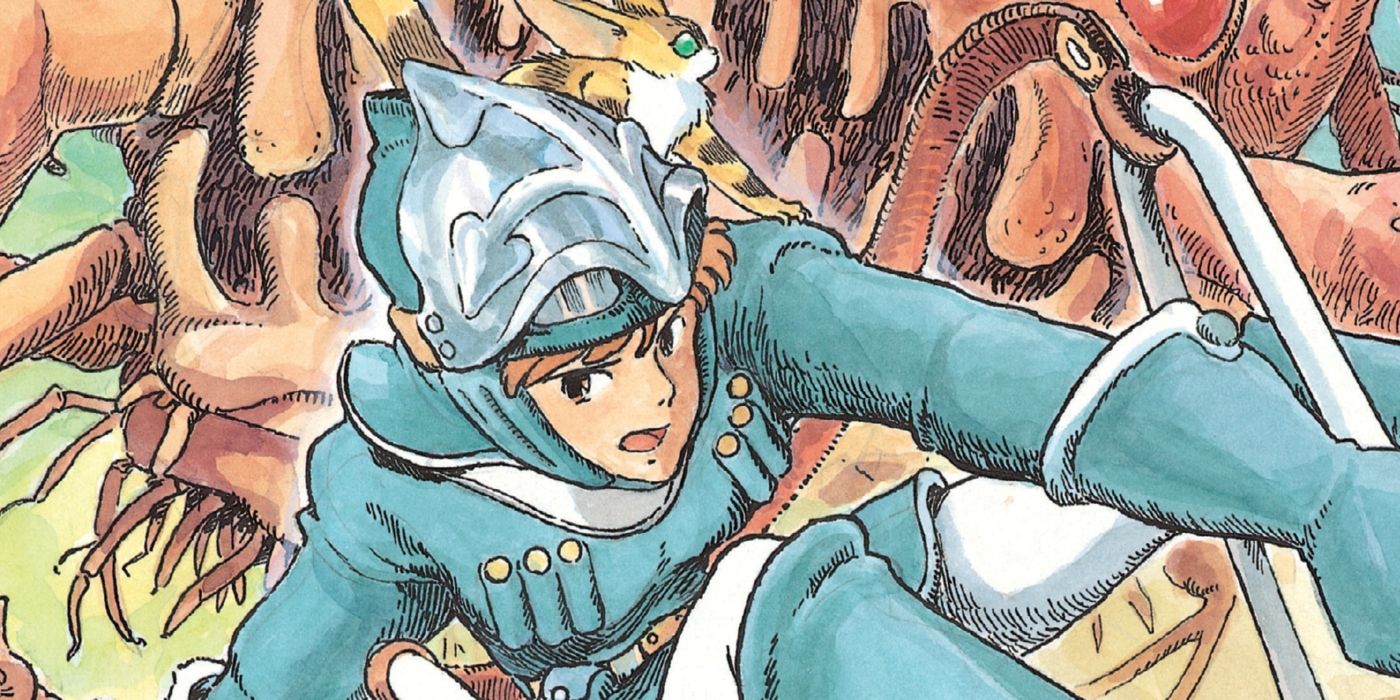
Before Nausicaä of the Valley of the Wind became a film, it was a manga series, illustrated by the film's director, Hayao Miyazaki. Known for his work on Lupin III: The Castle Of Cagliostro, Miyazaki sought to create a story, set in a Dune-like universe, that echoed his sentiments about war and its effects on society.
When the manga became a surprise hit, he was contracted to create a feature film adaptation.
9 It Wasn't Technically A Ghibli Film

Studio Ghibli technically wasn't founded until 1985, while Nausicaä was released in 1984.
However, because Nausicaä's director, Hayao Miyazaki, and its producer, Isao Takahata, would go on to form Ghibli - as a direct result of the aforementioned film's success - nowadays, it's usually considered to be part of the Ghibli canon.
8 Miyazaki Wouldn't Let The Film Be Made Unless He Directed It
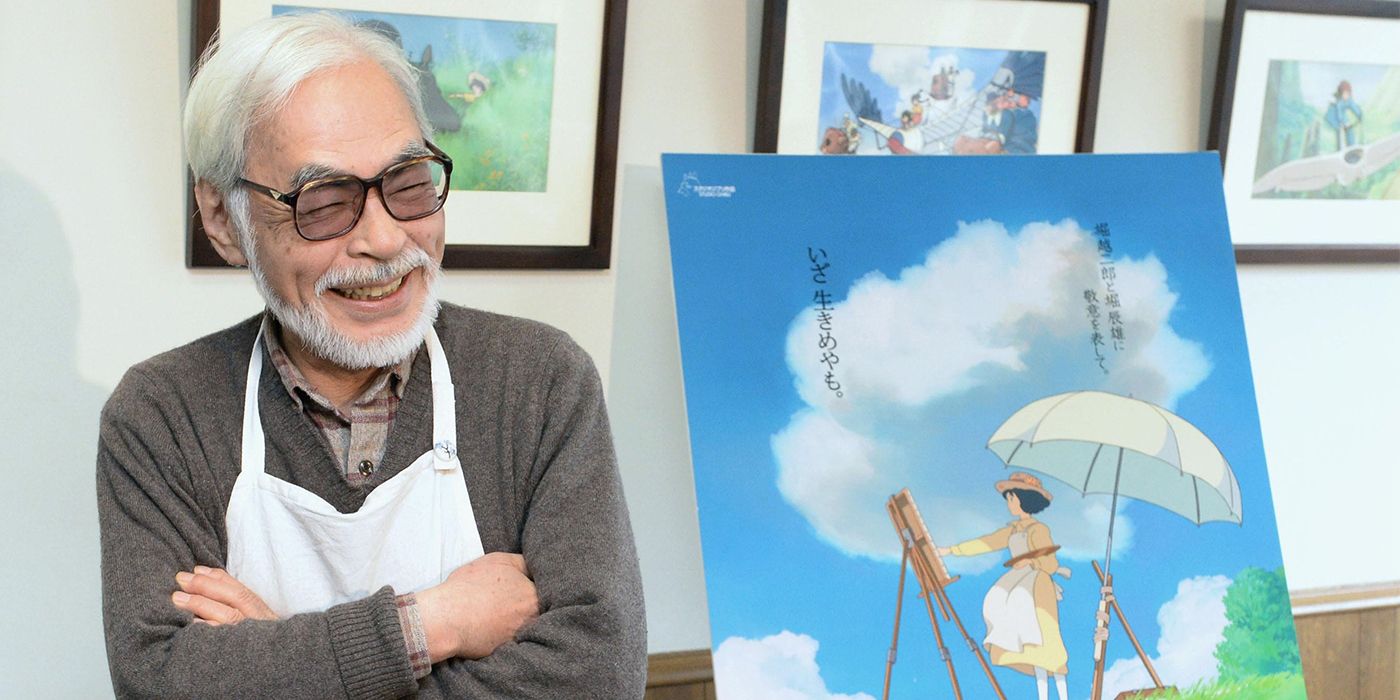
Miyazaki is a creator who is dedicated to his work. He wants to make sure, to the best of his ability, that it's done right. Therefore, when he was approached about a potential Nausicaä film, he was at first adamant that it not be made, until agreeing to the project with the stipulation that he be brought on to direct the film.
His editors at Animage (the magazine publishing the Nausicaä manga at the time) agreed, and the film became a smash hit that paved the way for his lifelong career.
7 It Was Originally Going To Be A Short Film
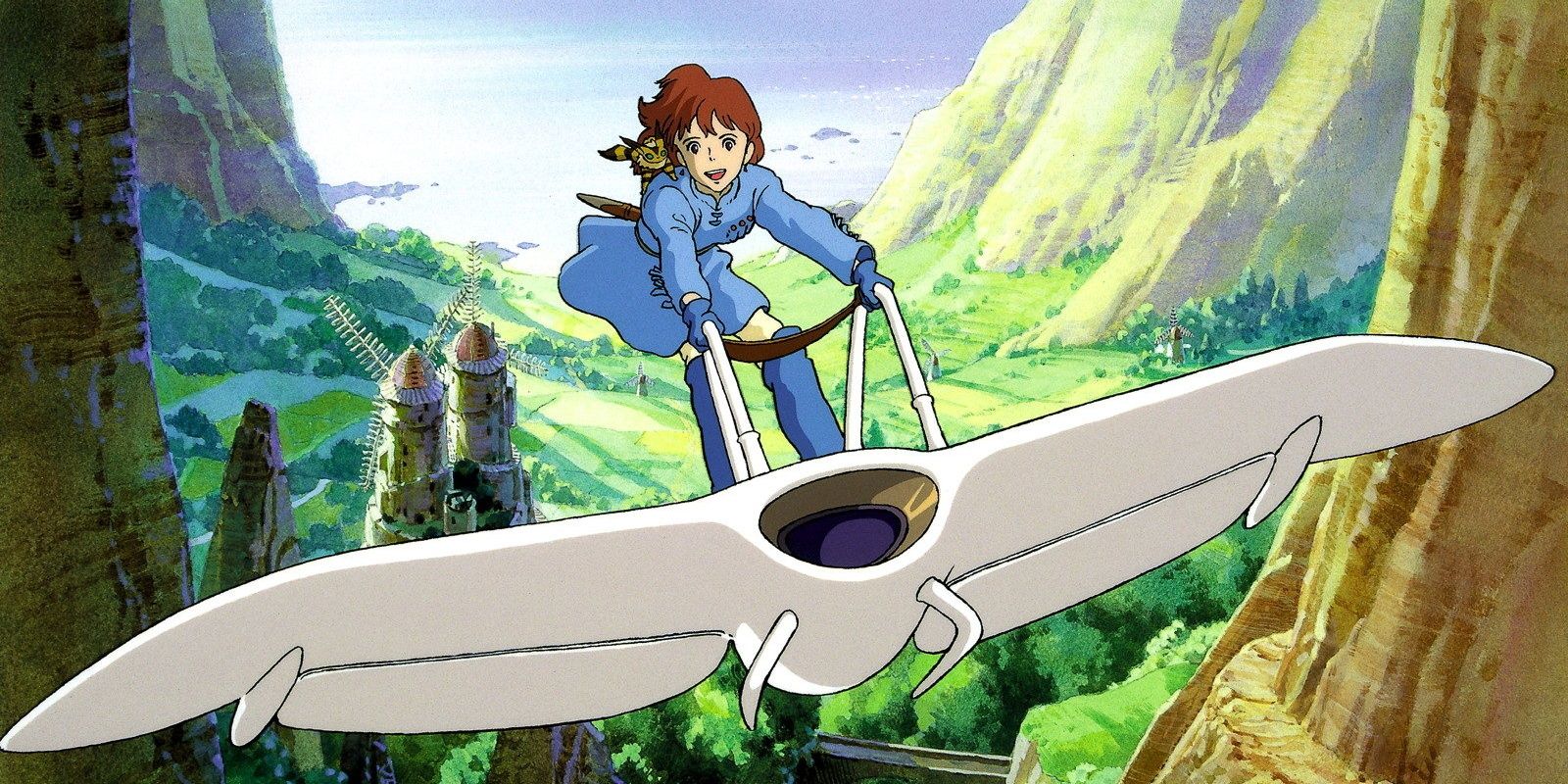
Originally, the folks at Animage wanted the Nausicaä project to be a short film, around 15 minutes, setting up the main storyline of the manga but wouldn't focus too much on world-building.
Miyazaki countered by saying he would prefer the story be told in a sixty-minute OVA (original video animation), to which Animage responded by offering to just turn the project into a feature-length film.
6 The Plot Of The Film Was Inspired By Earthsea

There were many notable influences on the world of Nausicaä, such as Lord of the Rings and Dune, but perhaps the most interesting is Earthsea. The fantasy book series, created by author Ursula K. Le Guin, has an expansive universe vast with creatures and characters, and it promotes a morality system similar to Miyazaki's.
Notably, one of the Earthsea books, Tales From Earthsea, would later be adapted into a Ghibli film by Gorō Miyazaki, Hayao Miyazaki's son.
5 Elements Of The Story Were Inspired By Real-Life Historical Events
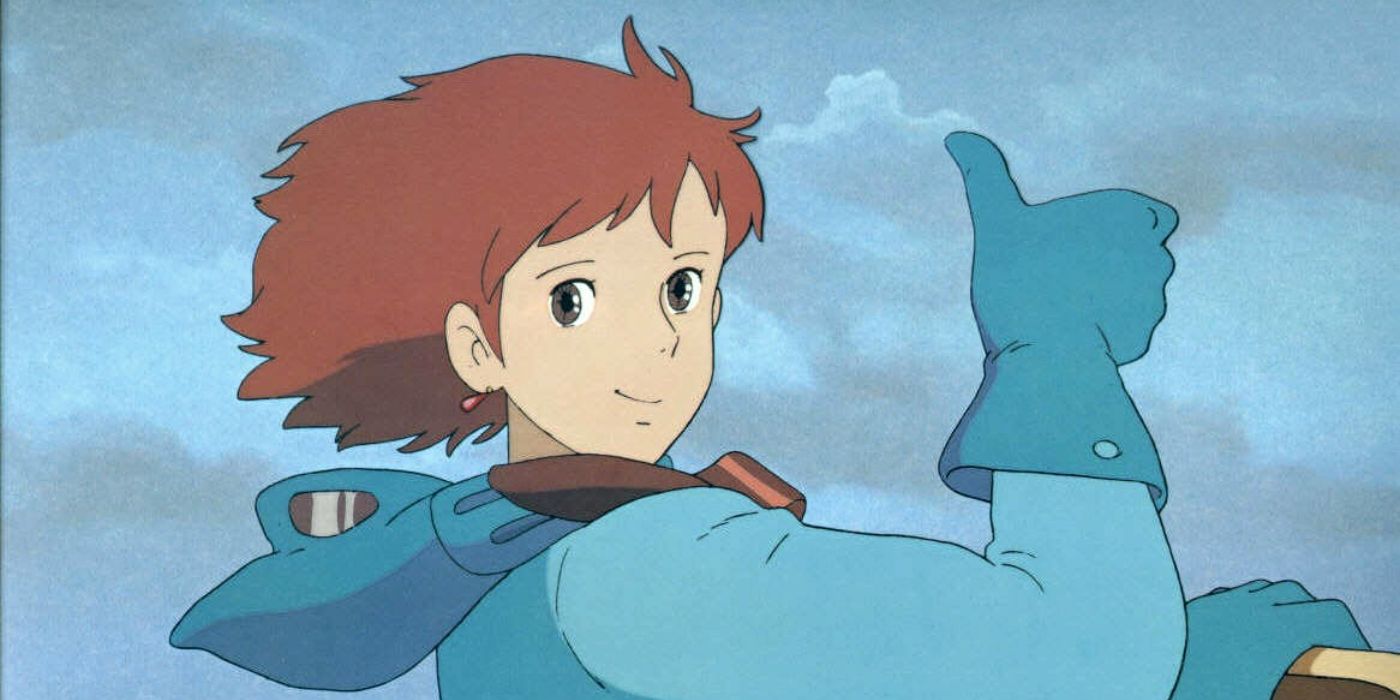
Many of Ghibli's films have a historical context; Grave of the Fireflies, for instance, is set in Japan during World War II. While Nausicaä doesn't have that same level of historical background, several elements of the film were based on real-life events.
The film's environmental focus came from Miyazaki's knowledge of the Minamata Bay disaster, and the tapestry shown in the film's opening scene was inspired by similar tapestries Miyazaki had seen in books on world history.
4 The Film Uses 263 Colors

One of the more interesting production details on Nausicaä is that the film uses 263 distinct colors. This is largely because of the film's simplistic yet vibrant art style.
It roughly compares to the color counts of other animated movies released around the same time (although, of course, the dawn of CGI blew those numbers out of the water).
3 One Of The Animators Went On To Become Famous
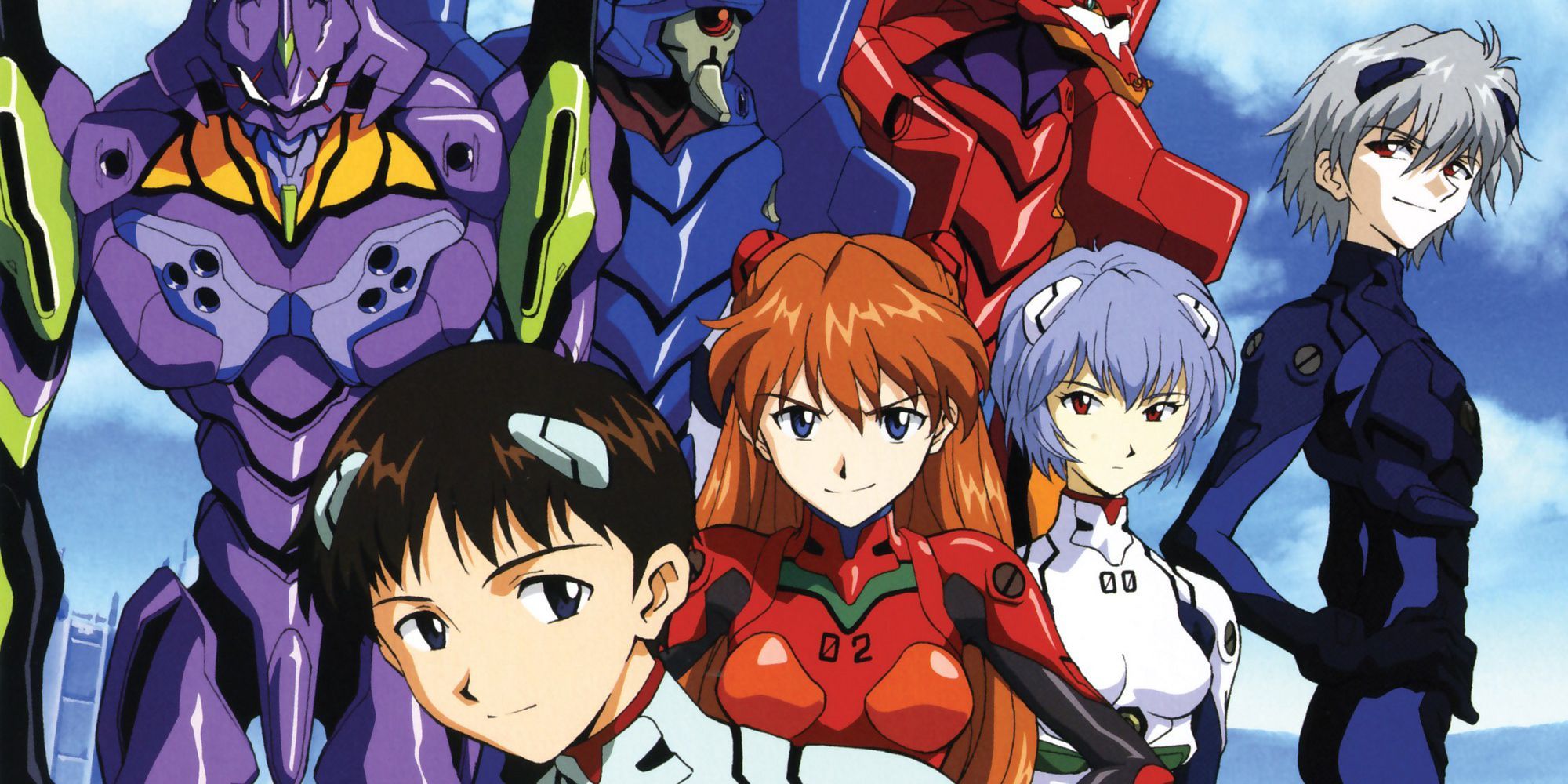
Animation on Nausicaä was outsourced and paid for by frame, and thus many of the animators have been forgotten by time.
However, one of them, a certain Hideaki Anno, would go on to co-found the anime studio Gainax, where he would create the well-known series Neon Genesis Evangelion.
2 The U.S. Release Was Heavily Edited
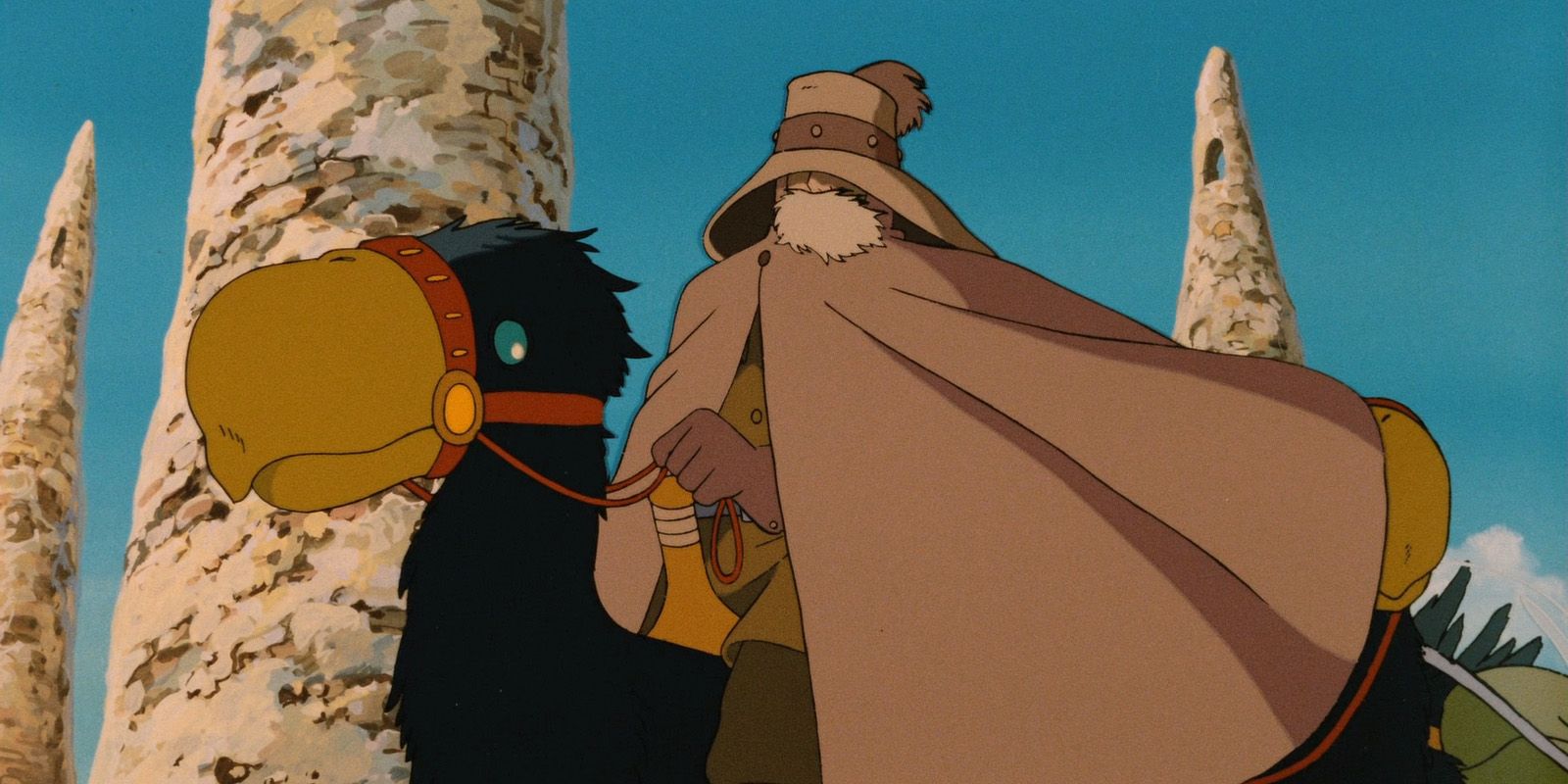
Because of its massive popularity in Japan, Nausicaä received a U.S. release in 1985. This version of the film changed several details, cut down the runtime, and all but destroyed the narrative flow.
Consequentially, it would lead to Miyazaki enforcing a "no cuts" rule for foreign releases of his films.
1 The Film Got An Unexpected Prequel
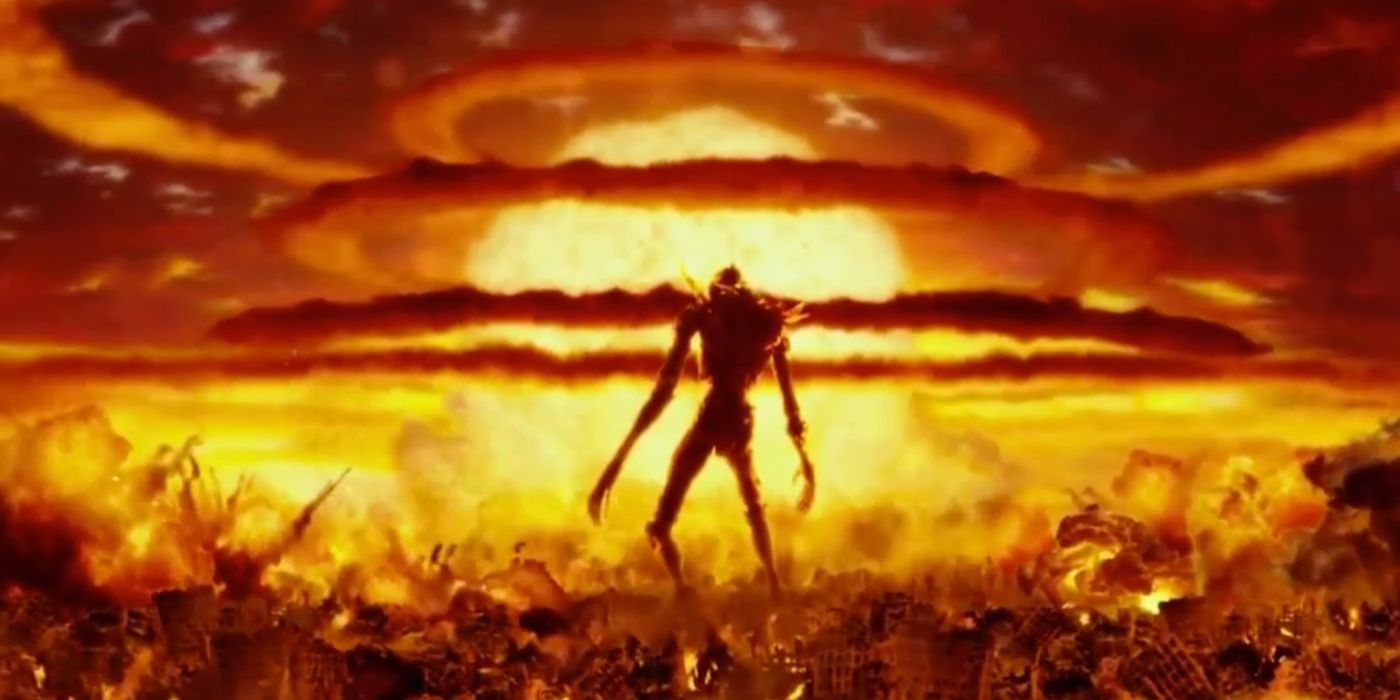
Ghibli's first live-action film, Giant God Warrior Appears In Tokyo, was produced in 2012 as a prequel of sorts to Nausicaä. It depicts the events leading up to the "Seven Days of Fire" and the destruction of Tokyo.
Interestingly, the short was written by aforementioned Nausicaä animator Hideaki Anno, and the voice acting for the titular Giant God Warrior was done by Miyazaki himself.
from ScreenRant - Feed https://ift.tt/2YmrT9x


0 Comments